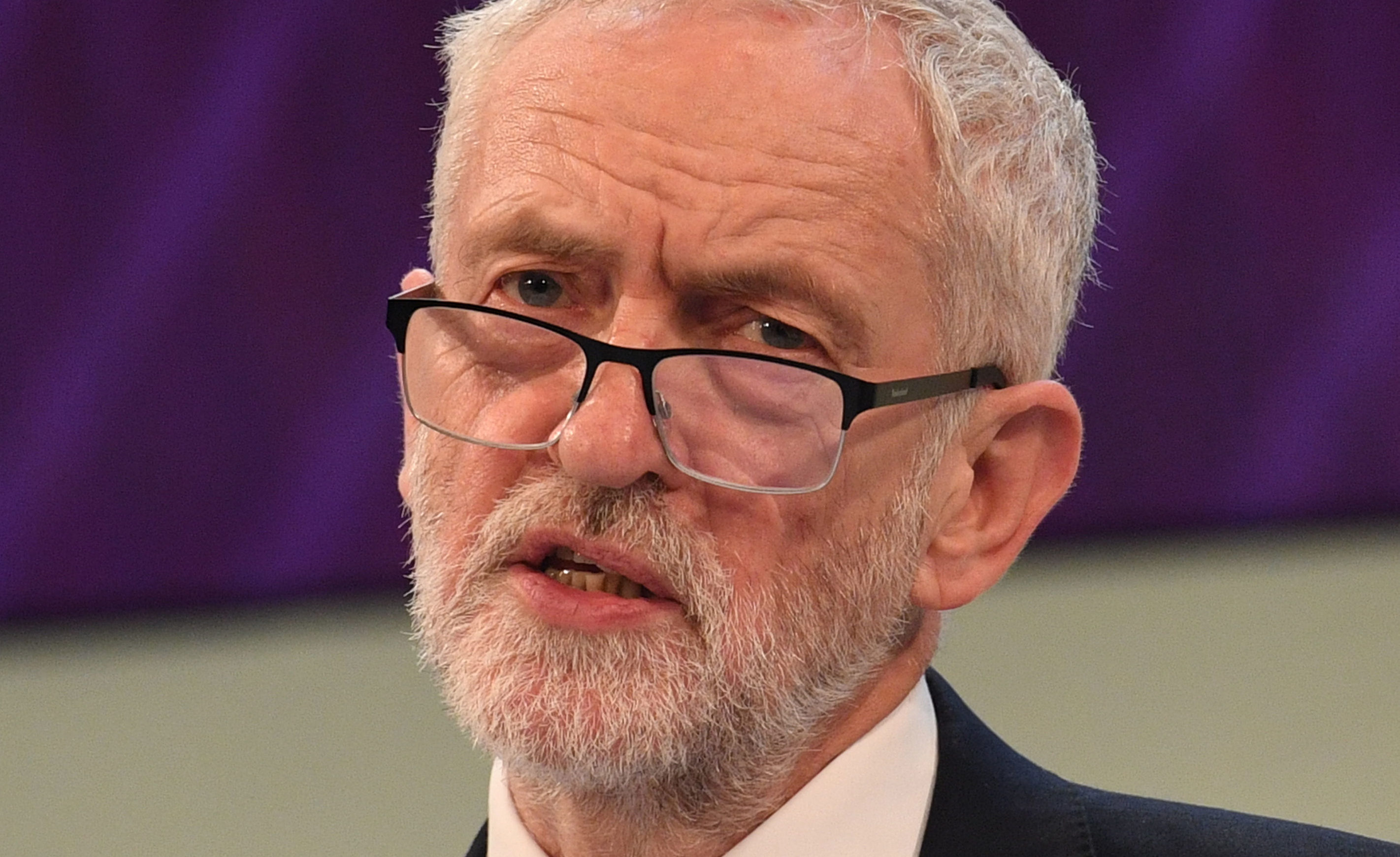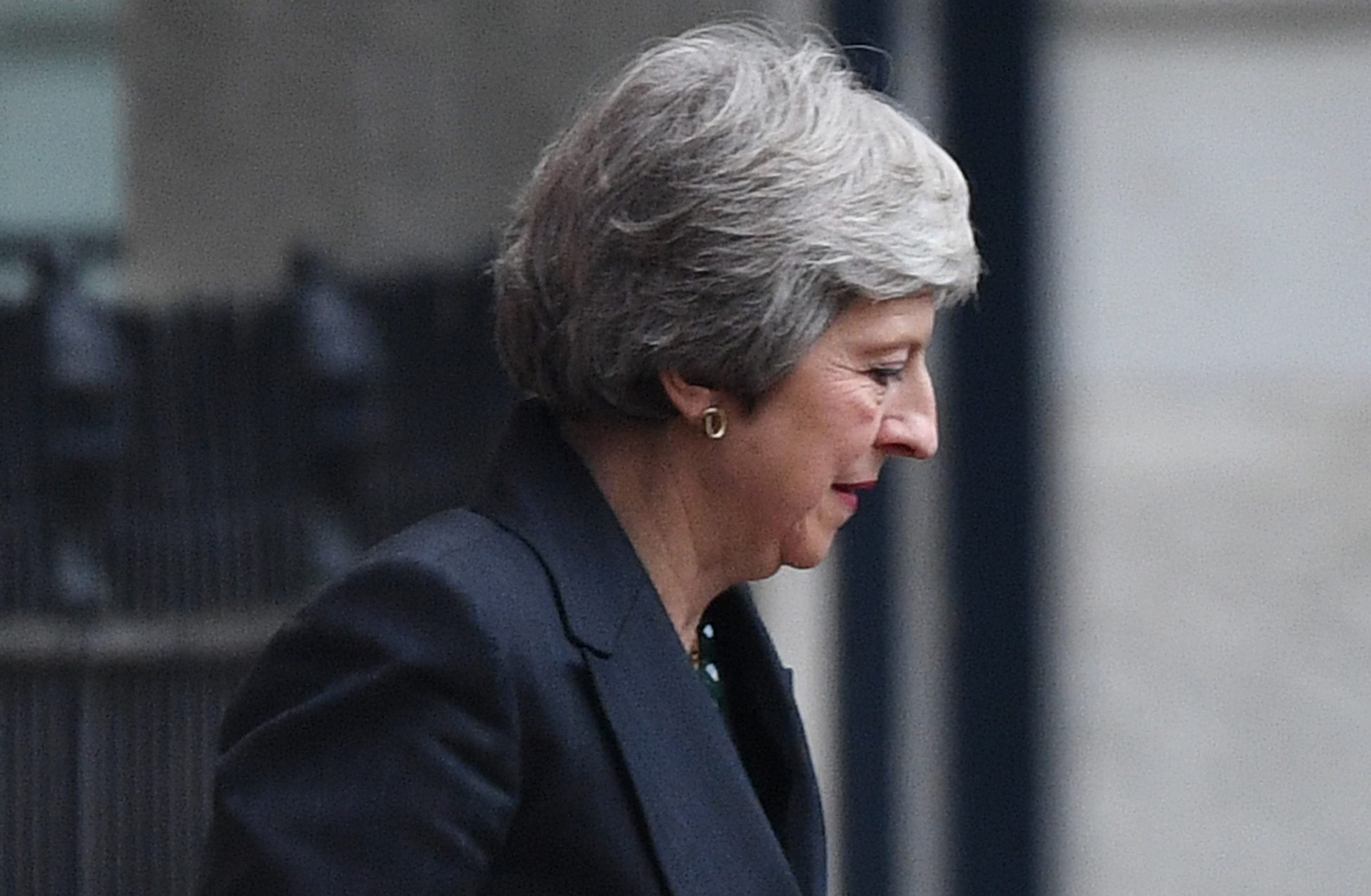
LEADERS of four parties opposed to Brexit have called on Jeremy Corbyn to join them in moving a motion of no confidence in Theresa May.
A letter signed by the SNP’s Westminster leader Ian Blackford, Lib Dem leader Sir Vince Cable, the Greens’ Caroline Lucas and Plaid Cymru’s Liz Saville Roberts urges Corbyn to ‘take the initiative’ as leader of the Opposition.
The letter from the Westminster leaders of the SNP, Liberal Democrats, Plaid Cymru & the Green Party urging Jeremy Corbyn to join them in tabling a motion of no confidence in the PM – helping to pave the way for a #PeoplesVote. Please RT: https://t.co/pDXPNYBGLV pic.twitter.com/kIyURUXNnP
— People's Vote UK (@peoplesvote_uk) December 11, 2018
It follows the postponement of the meaningful vote on the Prime Minister’s Brexit deal, which was due to be held today.
They said there was an “overwhelming” case for a confidence vote to take place now and suggested it would pave the way to a second referendum on EU membership.
“We believe a motion of no confidence must be brought forward at the earliest possible opportunity, to ensure there is enough time to pursue another course,” they wrote.
“Therefore we want to emphasise again that you will have our full support if you put down a motion of no confidence.”
The most notable part of this PM statement so far is what is absent from it – a date for a rescheduled vote. Is she simply trying to run down the clock? Unacceptable, if so.
— Nicola Sturgeon (@NicolaSturgeon) December 10, 2018
Yesterday, First Minister Nicola Sturgeon urged Mr Corbyn to join her in working together to allow the public the chance to halt Brexit.
She tweeted: “So @jeremycorbyn – if Labour, as official opposition, lodges motion of no confidence in this incompetent government tomorrow, @theSNP will support & we can then work together to give people the chance to stop Brexit in another vote.
“This shambles can’t go on – so how about it?”
Labour insist they’ll only challenge May’s leadership when they feel they have the best chance of success.
The full text of the letter
Dear Jeremy,
Today, the Shadow Cabinet is meeting at a time of constitutional and national crisis.
The Government’s inability to pass its Brexit deal through Parliament, as witnessed by Theresa May’s withdrawal of her own motion in Parliament yesterday, leaves no option for us as leaders of opposition parties but to call for a motion of no confidence to be put on the floor of the House of Commons.
Labour’s annual conference in September voted for a policy that commits your party to oppose a bad Brexit deal, seek a General Election and, if that does not succeed, campaign for a People’s Vote. Today is your opportunity to begin fulfilling that policy by joining the Westminster Parliamentary leaders of the Scottish National Party, the Liberal Democrats, Plaid Cymru (The Party of Wales) and the Green Party in supporting a motion of no confidence in the Government.
We believe a motion of no confidence must be brought forward at the earliest possible opportunity, to ensure there is enough time to pursue another course. Therefore we want to emphasise again that you will have our full support if you put down a motion of no confidence.
Today, we ask that you, together with your Shadow Cabinet, agree as Her Majesty’s Leader of the Opposition to bring forward a motion with us to enable confidence in this government to be tested before it is too late and to put parliament back in charge of this process.
We intend to hold a joint press conference today at the IET in Central London where we will discuss this further.
PM should go if MPs back any no confidence motion, says Commons Committee
By Alexander Britton and Ryan Wilkinson, Press Association
The Prime Minister would be expected to resign if the House of Commons expressed no confidence in her leadership, even if it was not in a statutory motion, an influential committee of MPs has said.
The Fixed-term Parliaments Act includes a statutory mechanism by which a general election can be triggered by a vote of no confidence.
But the Public Administration and Constitutional Affairs Committee said any expression of no confidence in the Government – whether in statutory or non-statutory terms – removes the Prime Minister’s authority to govern and should prompt her departure.
The committee published the findings of its inquiry into the ‘Status and Effect of Confidence Motions and the Fixed-term Parliaments Act’ on Tuesday, amid speculation that Theresa May could face a vote of no confidence over her handling of Brexit.
Committee chairman Sir Bernard Jenkin, a senior Tory backbencher and Brexiteer who has been critical of Mrs May’s Withdrawal Agreement with the EU, said: “It is fundamental to our democratic system that the Government commands the confidence of the elected House of Commons.
“We have made clear for both MPs and the public what would be expected to happen if the House were to express ‘no confidence’ in the Government.
“These are very important times and it is vital that people have a clear understanding of how these new and untested procedures operate and interact with long-established constitutional conventions.”
The report said the Prime Minister would be expected to resign if a non-binding Commons resolution was backed by MPs “unless that authority could be restored”.
She would then have to recommend a successor to the Queen.
Should the Conservatives be unable to agree on a new Prime Minster, an election could then be held under rules of the Act that govern early polls.
Introduced by the Tory-Lib Dem coalition in 2011, the part of the Act that governs no confidence motions has not been used before.
In order to trigger a general election using the Act, more than half of MPs must first vote for a motion containing precise wording that declares no confidence in the Government.
The Government then has 14 days to pass a motion of confidence, with a general election following if it fails to do so.
In its report the committee said the Act “in no way affects the fundamental principle that the Government’s authority to govern rests on the confidence of the House, however it chooses to express it”.
It added: “Outside the terms of the Act, if the House were to express no confidence, unless that authority could be restored, the Prime Minister would be expected to give notice that he or she will resign, but only when he or she is in a position to recommend to the Sovereign an alternative person to form a new administration.
“In the event that no alternative person can be found, it remains available to the House to bring about an early general election.”
Under normal circumstances the Act states that elections must be held every five years.
Early polls like Mrs May’s disastrous 2017 snap election can be triggered by a motion supported by two-thirds of MPs.

Enjoy the convenience of having The Sunday Post delivered as a digital ePaper straight to your smartphone, tablet or computer.
Subscribe for only £5.49 a month and enjoy all the benefits of the printed paper as a digital replica.
Subscribe